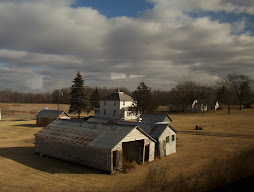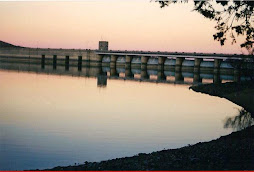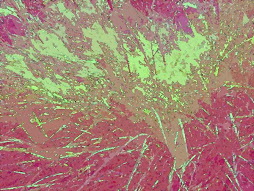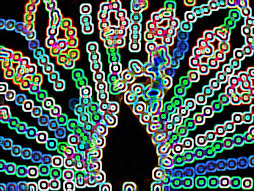From The Daily Galaxy. Excerpts:
"We can now say that the planet was altered on a global scale by liquid water about four billion years ago." - John Carter of the University of Paris
Minerals in northern Mars craters observed by two NASA orbiters suggest that a phase in Mars' early history with conditions favorable to life occurred globally, not just in the south.
..
In recent years, the European Space Agency's Mars Express orbiter and NASA's Mars Reconnaissance Orbiter have found clay minerals that are signatures of a wet environment at thousands of sites in the southern highlands of Mars, where rocks on or near the surface are about four billion years old. Until this week, no sites with those minerals had been reported in the northern lowlands, where younger volcanic activity has buried the older surface more deeply
And:
CRISM Principal Investigator Scott Murchie of Johns Hopkins University Applied Physics Laboratory, said that the findings aid interpretation of when the wet environments on ancient Mars existed relative to some other important steps in the planet's early history.
The prevailing theory for how the northern part of the planet came to have a much lower elevation than the southern highlands is that a giant object slammed obliquely into northern Mars, turning nearly half of the planet's surface into the solar system's largest impact crater. The new findings suggest that the formation of water-related minerals, and thus at least part of the wet period that may have been most favorable to life, occurred between that early giant impact and the later time when younger sediments formed an overlying mantle.
With each new discovery, with every advancement in knowledge, those outlandish theories about Mars don't sound as far fetched as they once did..
Floods are threatening one of the driest places in the world [Ironic]
-
[image: Ironic] [link] [6 comments]
1 hour ago









































































































No comments:
Post a Comment